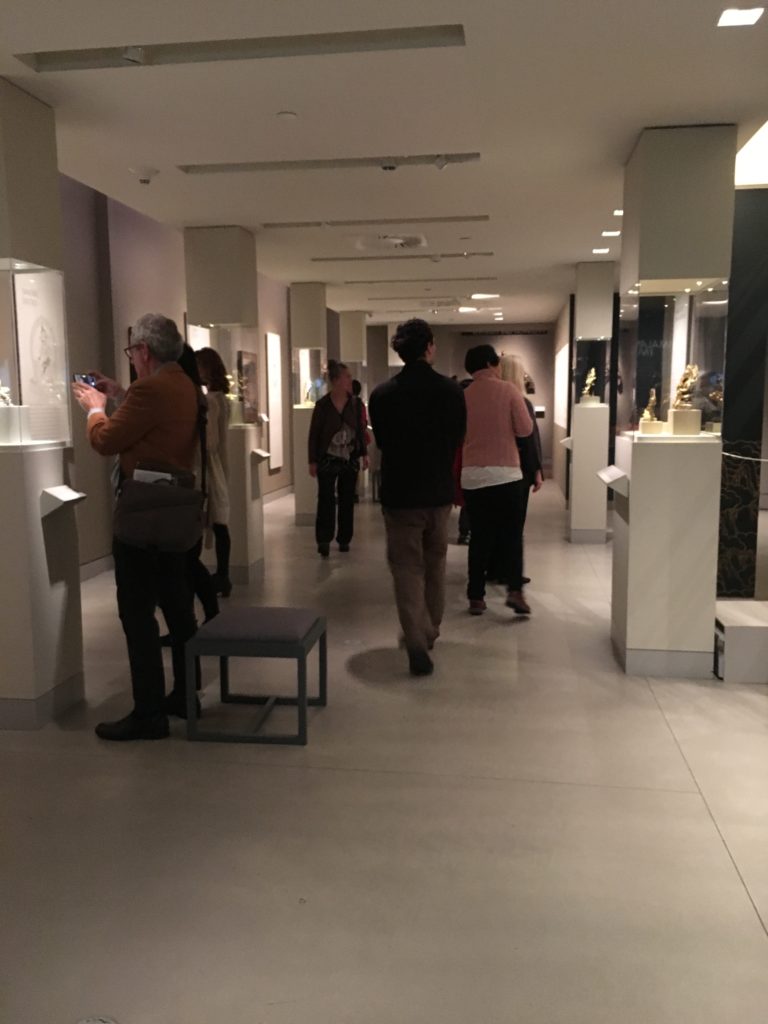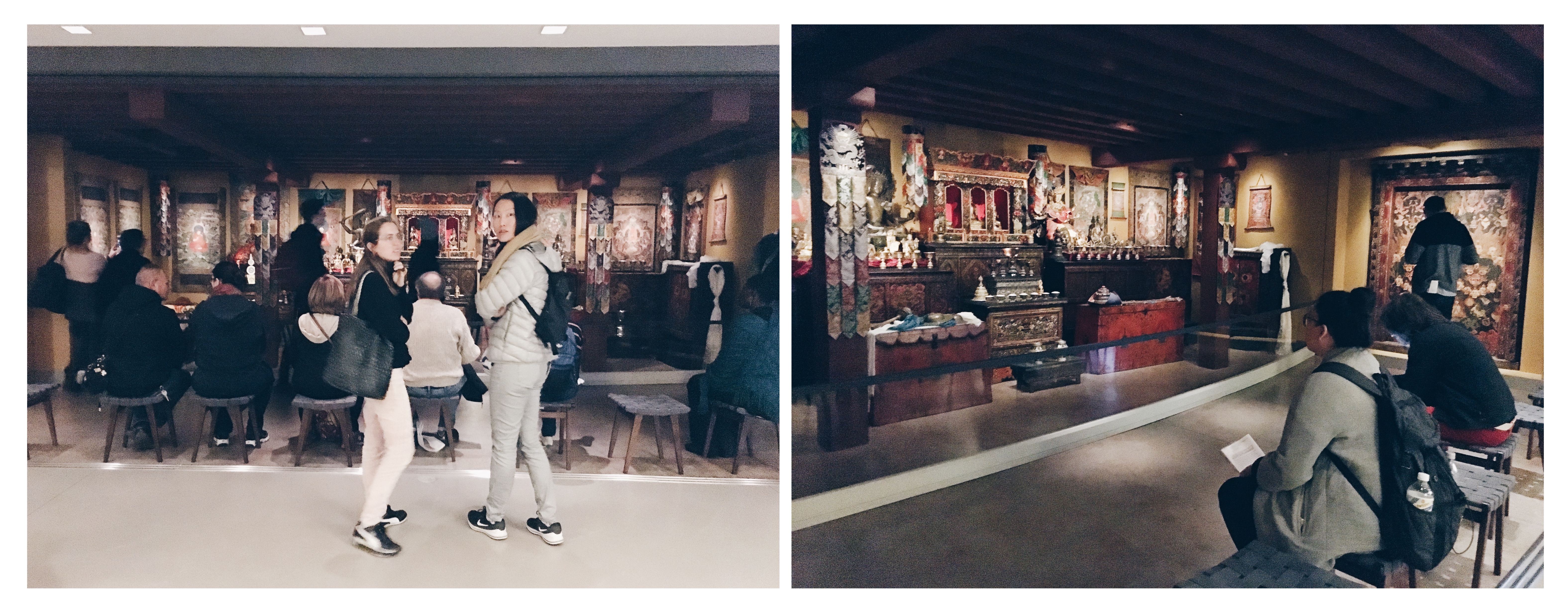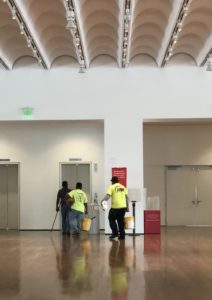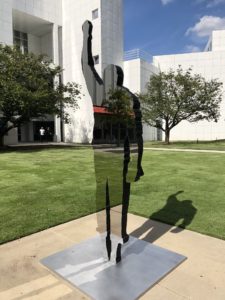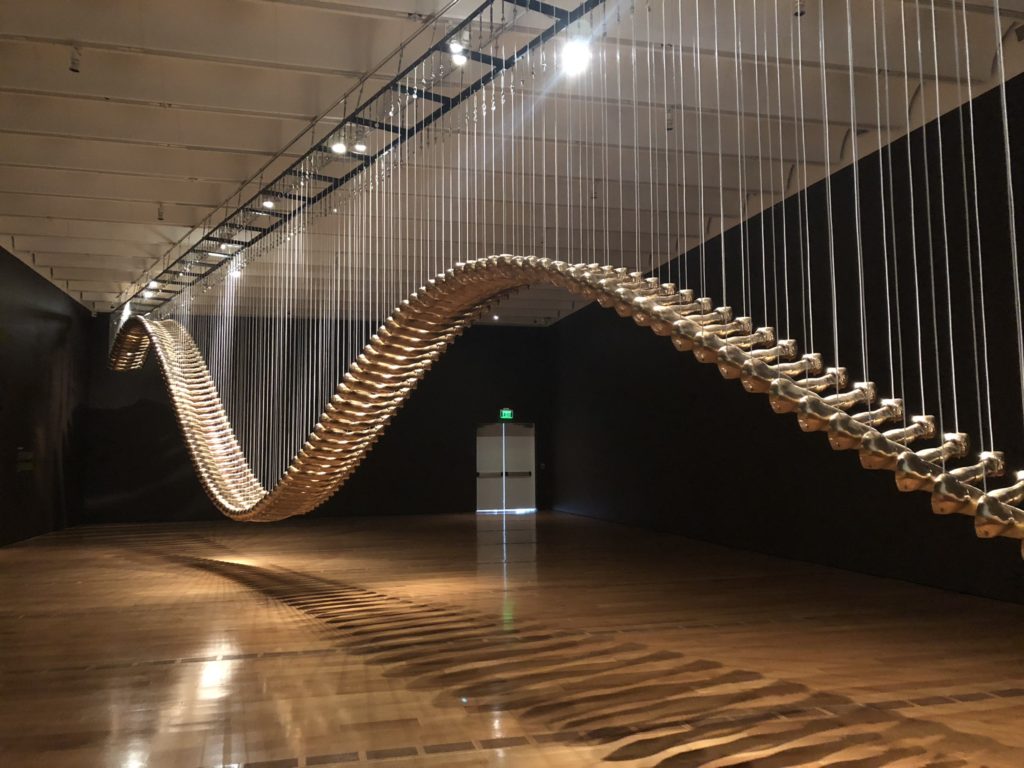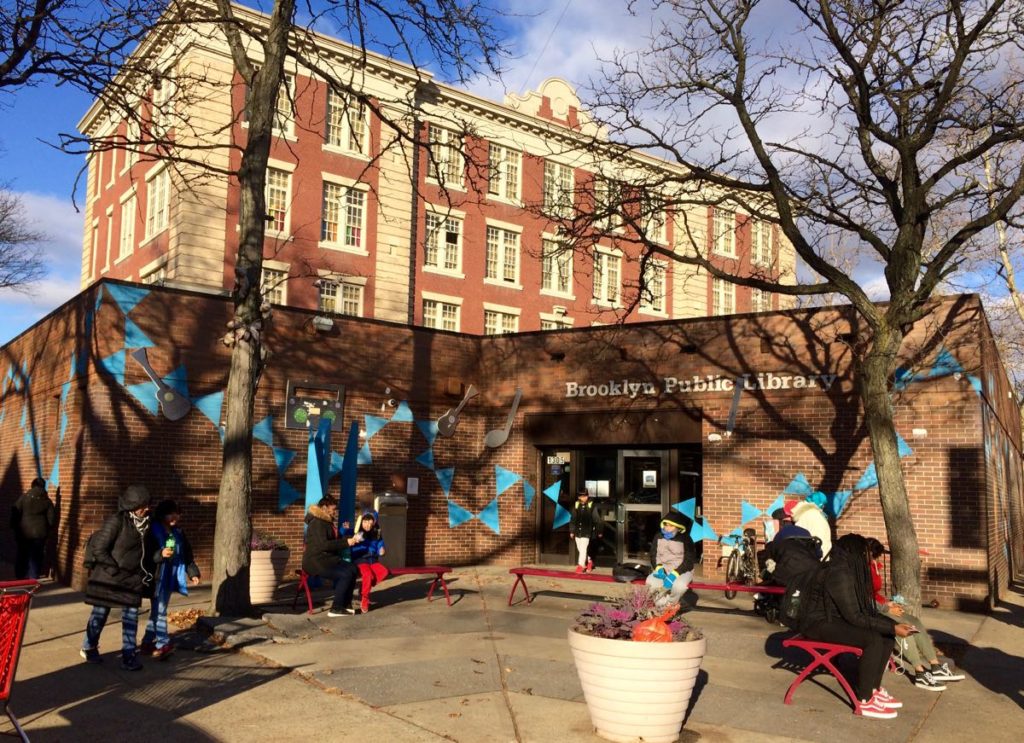INFO-601 Foundations of Information Dr.Sula
Juri Rhyu
Observation
Observation—Complete an approximately three-hour observation of an information environment, chosen in consultation with the professor. Your article should describe what happened during your observation and should connect those details to larger issues in the field, citing/using readings where they are relevant.
Observation: The Art Gallery of Ontario: Visitor engagement in the museum with the application.
The About the Art Gallery of Ontario (AGO)
Visiting The Art Gallery of Ontario (AGO) was one of my travel list in Canada.
The Art Gallery of Ontario (AGO) is an art museum located at 317 Dundas Street, West Toronto, Ontario. Toronto is the largest city in Canada, and the AGO is one of the largest art museums in North America. The museum has nearly 95,000 of various artworks from contemporary art to European masterpiece. They support emerging indigenous Canadian artists and collaborative exhibitions with other museums and galleries around the world. The AGO is also known for their architecture. It was designed by famous Canadian architect Frank Gehry. The AGO is the first place where he experienced art in his childhood. I always admire Frank Gehry’s works because of his design philosophy. He wanted to build a museum that connects a city and its people to great art and art experience. His design intention is exactly appropriate for AGO’s mission: “We bring people together with art to see, experience and understand the world in new ways”1.
Before visiting the AGO, I checked their website to get information about the museum. The website is well designed; the first page has all the necessary information including gallery hours, current events, how to get to the museum, getting admission tickets, education events or classes and museum news which are all I wanted to know. The AGO presents wide-ranging exhibitions and educational programs. The museum is funded by the Ontario Ministry of Tourism, Culture, and Sports and additionally supported by the City of Toronto. The AGO always invites interesting and worldwide known exhibitions as well as developing own educational programs for visitors and publications. Recently, the museum has been crowdfunding to purchase “Infinity Mirrored Room” by artist Yayoi Kusama.2 They encourage visitors to donate for the artworks. More than 3,000 people have chipped in a contribution to permanently acquire Kusama’s brand new installation, even though they haven’t seen it until now. The artwork itself costs $2 million, with $1 million of the price tag paid for by the Art Gallery of Ontario Foundation. With one more week to go, the month-long crowdfunding campaign to raise the remainder sits at nearly $413,000, as of midday Friday. The AGO says it’s hoping more people donate on next week’s “Giving
1 About the AGO. (n.d.). Retrieved from https://ago.ca/about/about-the-ago
2 Here’s a sneak peek at the new Yayoi Kusama infinity room the AGO wants your help to buy | CBC News. (2018, November 23). Retrieved from https://www.cbc.ca/news/canada/toronto/kusama-infinity-room-first-look-1.4917109
Tuesday,” a day devoted to donations following “Black Friday” shopping. Funding is not enough to buy Kusama’s work yet, but it shows how much people care about the museum and participating in the development of the museum.
Special Exhibition
Anthropocene: The Human Epoch
Anthropocene: dramatically illustrates how we, individually and collectively, are leaving a human signature on our world.3 This show is organized by the Art Gallery of Ontario (AGO) and the Canadian Photography Institute(CPI) of the National Gallery of Canada(NGC), in partnership with Fondazione MAST.
Anthropocene is the culmination of an ambitious, four-year-long collaboration by the artist and filmmakers Edward Burtynsky, Jennifer Baichwal, and Nicholas de Penciaer. Their goal is capturing the massive scope of human effects on land, sky, and water.
Technology and Art(HCI)
The field of human-Computer interaction(HCI) is expanded alongside the extensive technological developments such as the internet wireless technologies, smartphones. These had created many opportunities for augmenting extending and supporting user experience, interactions, and communication.(New Theoretical approaches for Human-Computer Interaction by Yvonne Roger University of Sussex)
AGO developed an application with the artist to provide a unique experience to the visitor.
The artists created Augmented Reality (AR) Installations which can be activated by simply downloading application AVARA. The museum places the symbol on the floor and wall labels to help visitor identify each AR activation. There are six activations in total, four-videos, and two 3D AR installations which present experiences of confiscated ivory tusks, a northern white rhinoceros and a Douglas fir tree at or near the actual scale.
Conclusion
This museum visit did remind me of the several articles about digitalizing the institution, collecting data and museum heritage. The Art Gallery of Ontario (AGO) is seeking ways to directly interact with the visitors and to create an impressive museum experience rather than delivering pieces of information. This show is well curated with care and utilized the gallery space as much as possible. I visited this museum during the weekday, and the museum had a number of people and school groups, but it was not too crowded. Since this show encourages you to be on the phone, the show prepared the charging station right below the infographic about pollution and what is co. A museum educator was at the station to explain the works and environment and to answer questions from museum visitors.
As a museum educator, getting feedback is as important as curating shows. They set up a pathway at the end of the exhibition to make people experience interactive activities with touch screens which helps museums collect data. They invite people to upload photos of the show with hashtag#. Once you upload a photo with hashtag#, it is also automatically uploaded on the museum website (https://ago.ca/exhibitions/anthropocene). In my opinion, they should not post personal pictures until they get permission. Even though people tag the museum and the show, they would not expect that their pictures could be uploaded on the museum website.
In addition, I hardly believe that digital museums can replace traditional ones because a museum is where not only provides information and archives historical heritage but also where allows people to have a physical experience with art. The Museum building itself is
3 Anthropocene. (n.d.). Retrieved from https://ago.ca/exhibitions/anthropocene
also an art piece, and viewing digital contents does not give people the same experience as physically being in the space.
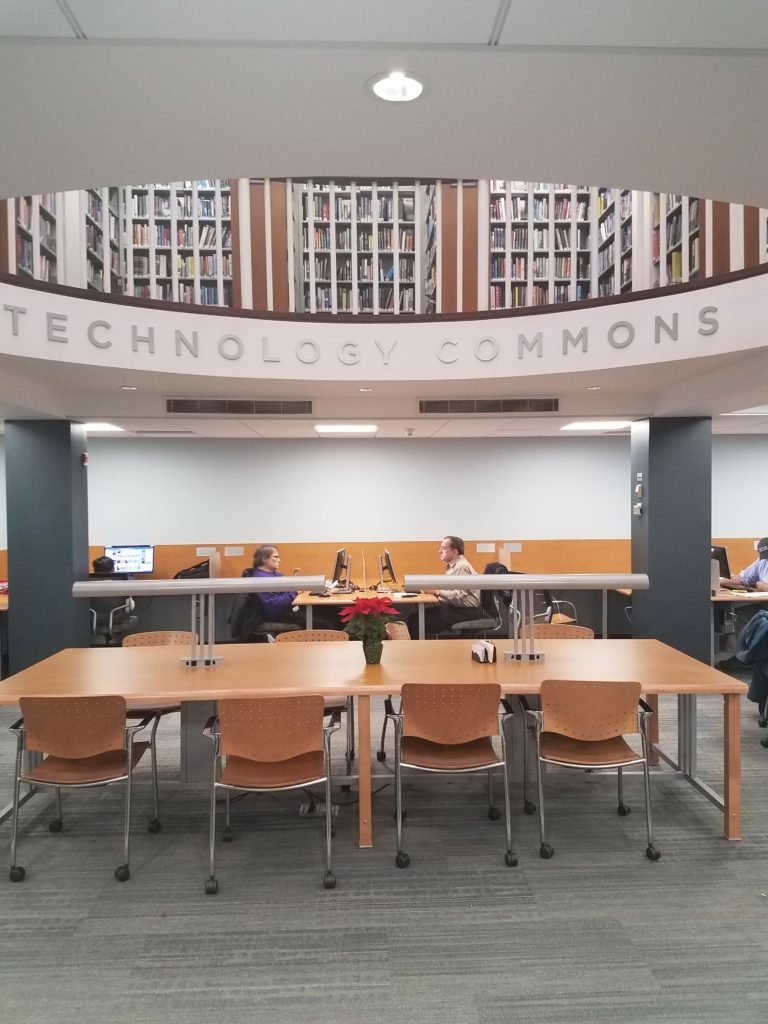
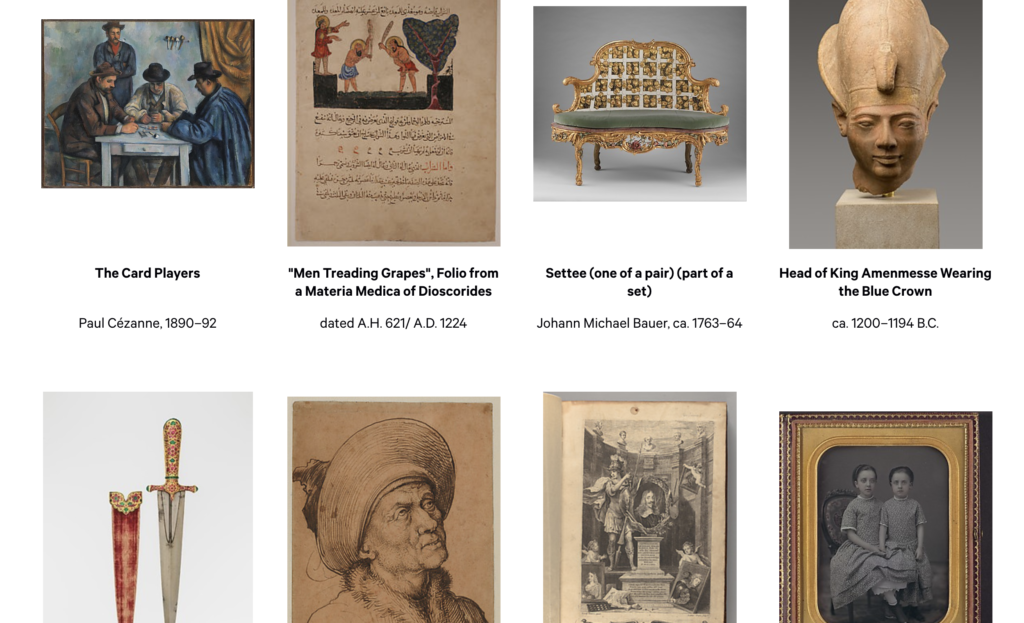 I attended an event at the Metropolitan Museum of Art organized by Professor Villaespesa for Info School students. While there, we heard from Loic Tallon, the museum’s Chief Digital Officer, and Jennie Choi, the General Manager of Collection Information. We heard about their work at the museum and their approaches to the idea of digital at an institution as large and as entrenched in its ways as the Met can be.
I attended an event at the Metropolitan Museum of Art organized by Professor Villaespesa for Info School students. While there, we heard from Loic Tallon, the museum’s Chief Digital Officer, and Jennie Choi, the General Manager of Collection Information. We heard about their work at the museum and their approaches to the idea of digital at an institution as large and as entrenched in its ways as the Met can be.

